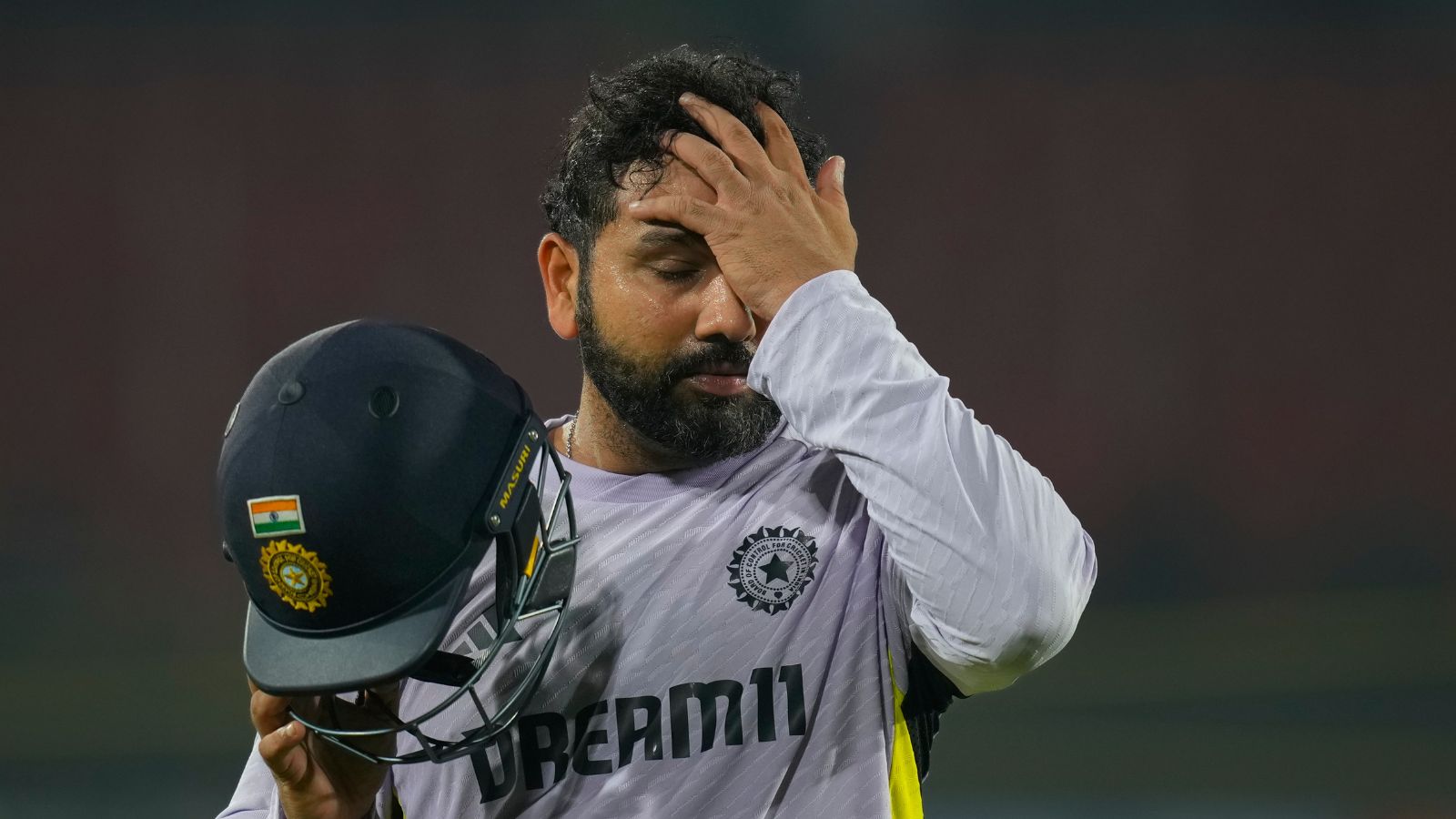After swooping up tickets for another international cricket fixture, only 500 meters out across the road from their sandy cricket arena on the Mahanadi river bank, Ramesh and his team are wrapping up play when the question of watching a one-dayer at Cuttack’s Barabati Stadium after six years is posed.
“Six years? No, no. We have hosted a lot more matches since then. 2019 was definitely not the last game,” responds Ramesh. Smug-faced, he claims he has not “missed a single game” at the ground in 10 years.
The affable resistance to the fact that only a solitary T20I has been played at the venue since the last ODI here in 2019 is, of course, rooted in the pride of their home venue. The situation isn’t entirely different inside the stadium, where a seasoned local media person, “Munna saab”, echoes a similar sentiment. “Kya baat kar rahe ho bhai? There have been so many international games here since then. The last one was in 2022 but this is not the first ODI since 2019,” he said, refusing to acknowledge the record books.

India captain Rohit Sharma ran a similar strain of stubbornness earlier this week as he addressed concerns about his form before the first ODI in Nagpur. An unusually miffed Rohit would object to mixing formats, affirming this is “a different format, a different time.”
But with his wrists and eyes failing him early, tempting him to a loose chip that was gulped down by the mid-wicket fielder for two runs at his hometown on Thursday, a tentative Rohit will know his downtime can only be flipped by a decisive score in the second ODI against England at the Barabati on Sunday afternoon.
Swanked by the Mahanadi delta waters from three directions, the Barabati’s surroundings form a cruel metaphor for Rohit’s distending concerns against the red, pink, and white balls within his last six competitive outings.
Form and the three formats may not have a solid binding like Rohit suggested, but a recurring pattern of dismissals in which he falls caught within the inner circle will play on the back of his mind.
Story continues below this ad
Since the Wankhede Test against New Zealand last year, six of his 10 dismissals across conditions have occurred at the cost of trademark Rohit strokes – the flick and the pull – within the 30-yard marker. England pacer Saqib Mahmood dealt the latest blow with an inswinger that swerved past the leg-stump. Rohit’s half-hearted chip, lacking conviction and power, landed straight in Liam Livingstone’s hands, marking a third dismissal of the type at mid-wicket since November 2024.
Committing too early or reacting late to deliveries on length, Rohit’s perils have also witnessed poorly-timed flicks or pulls edged to the slip cordon, mid-off, and mid-on fielders.
For a batter who had once remarked being “pumped up” at the prospect of facing the first ball, the lack of clarity may have prevented Rohit from taking guard against the opening delivery for the first time since August 2019 in the previous outing.
“If you look at it from Rohit’s point of view, then obviously, it is frustrating for him,” former India spinner R Ashwin reflected on Rohit on his YouTube channel.
Story continues below this ad
“He thinks that he has done well in the format (ODI) and he’d like to continue that. It’s a catch-22 situation. You can’t stop these questions. When will they stop? When he performs,” Ashwin added.
Kohli in, who’s out?
While the batting conundrum persists, Rohit will also have to contain a minor spill-over from the leadership standpoint after Shreyas Iyer’s earnest post-match chat in Nagpur. Iyer’s admission that he would have been benched for Yashasvi Jaiswal had Virat Kohli not turned up injured for the first ODI raised eyebrows while offering another peek into the current management’s firm emphasis on the left-right batting combination.
With Kohli recovering from his right knee swelling and sweating it out before an unusually jam-packed crowd in the stands for Saturday’s practice session, it will be interesting if Rohit and Co. continue with the Jaiswal strategy upfront at the expense of an in-form Iyer.

“The lefty-righty combination definitely has to be there but that’s a decision for the head coach and captain to take,” batting coach Sitanshu Kotak said with carefully constructed words on match eve.
Story continues below this ad
Turning up for his first white-ball game in six months after a lowly red-ball stretch like Rohit, Kohli too would be raring to regain the spirits from his beloved 50-over format. Cuttack has offered similar jump-starts to ageing units in the past too. The 2017 clash between India and England at this venue proved decisive in reviving old warhorses Yuvraj Singh and MS Dhoni in the running for another Champions Trophy. As Yuvraj romped to his highest score (150), Dhoni, fresh from relinquishing captaincy, scored his final ODI ton that evening.
History throws up hope. But Rohit has a heightened challenge – “catch 22” as Ashwin puts it – in overcoming his current technical deficiencies while also handling tactical curveballs like the Shreyas Iyer/left-hander situation.
Rohit’s recent pull-flick dismissals
IND v NZ 3rd Test – Caught at mid-wicket for 11
IND v AUS – 4th Test – Leading edge to mid-on for 3
Story continues below this ad
IND v AUS – 4th Test – Flick edged to slip for 9
Ranji Trophy 1st innings vs J&K – Leading edge off pull to mid-off for 3
Ranji Trophy 2nd innings vs J&K– Attempted flick to mid-wicket for 28
IND v ENG 1st ODI – Mistimed flick to mid-wicket for 2


